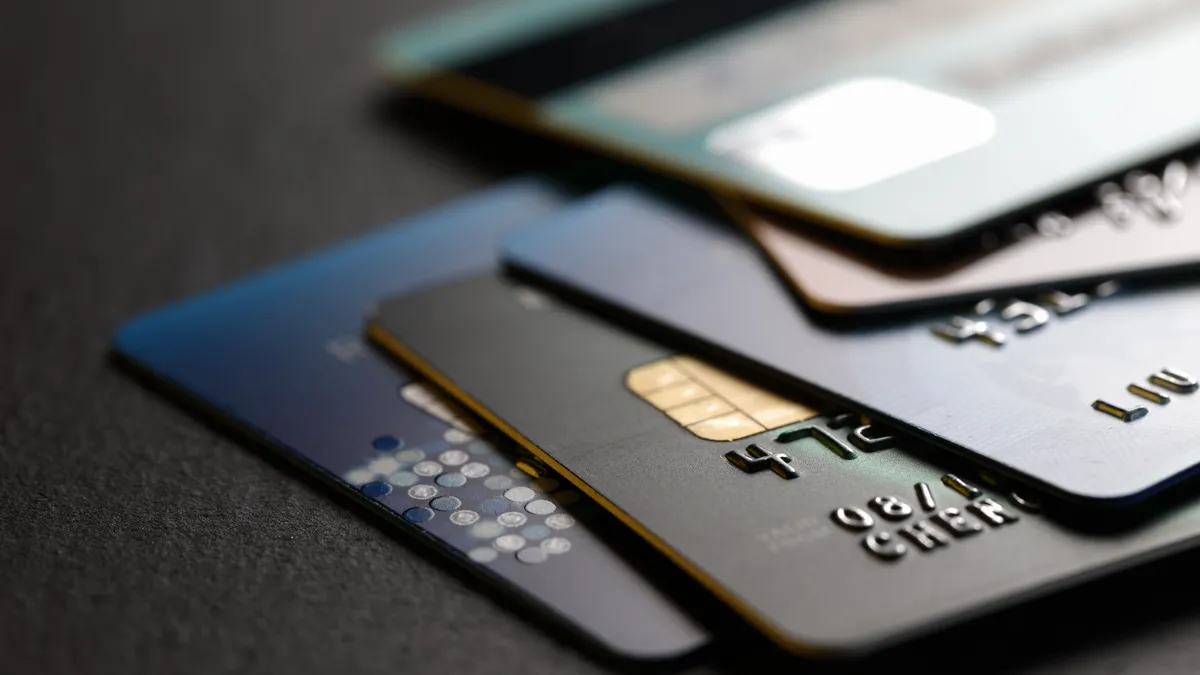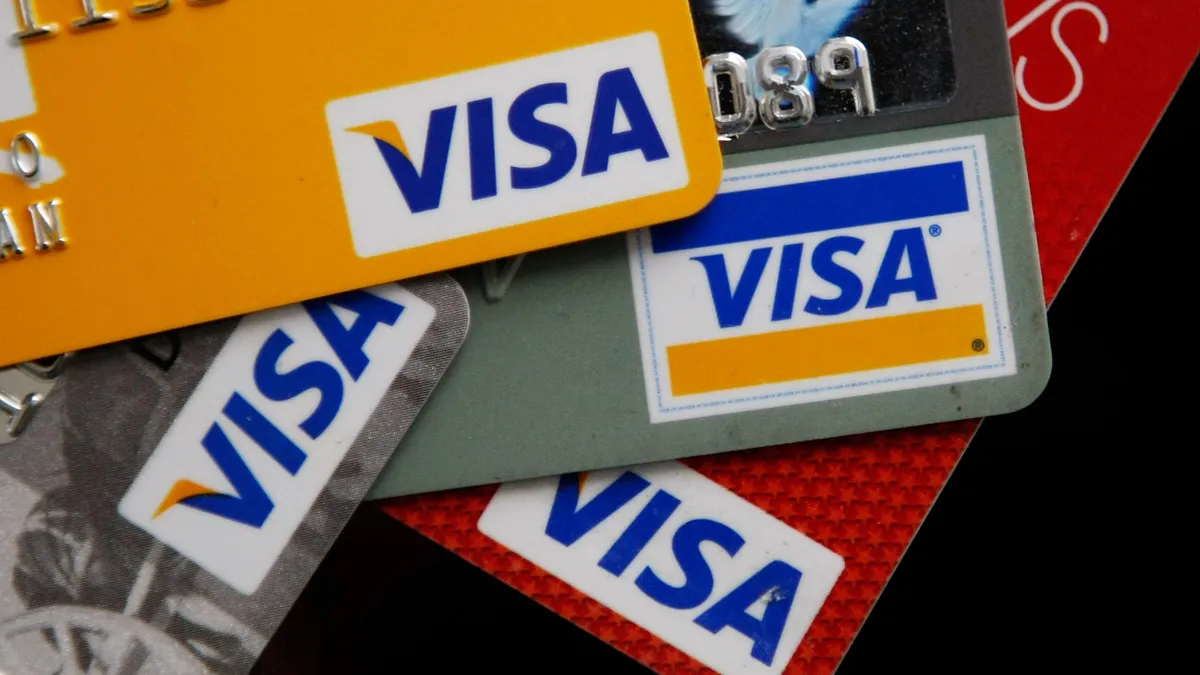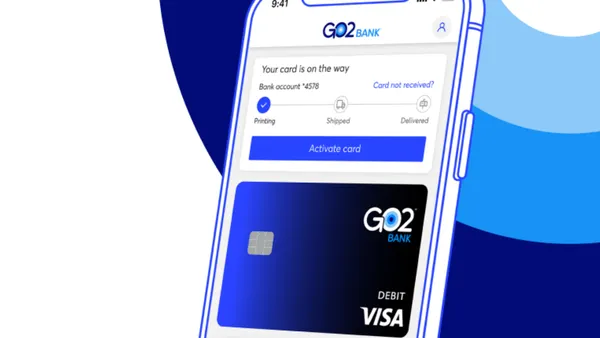Credit card delinquencies are on the rise, according to the Federal Reserve Bank of Philadelphia.
Somewhat conversely, banks are also extending bigger lines of credit to credit card users, giving them the capacity to spend more with their plastic.
There’s an easy explanation for these seemingly contradictory developments taking place simultaneously: Americans are putting more money on their credit cards, said Erin McCune, a partner at the consulting firm Bain who specializes in payments.
The Philly Fed analyzed credit card and mortgage data from the first quarter of 2024 and released its findings last month.
Roughly 2.6% of credit card balances in the United States are at least 60 days past due, according to the Philly Fed. That’s the highest percentage in over a decade. The average credit limit for a credit user with a credit score in the 50th percentile went from $4,718 in the first quarter of 2023, to $5,000 in Q1 2024, while the credit limit for a user in the 90th percentile went from $18,000 to $18,800 over the same period.
High interest rates mean banks make more money off loans, which include credit card purchases, McCune said in an interview, making them eager to encourage consumers to pull out their cards at checkout. As credit use rises, so do delinquencies, she said.
Editor’s note: This interview has been edited for clarity and brevity.
PAYMENTS DIVE: What are some of the key takeaways from the Philly Fed’s data?
Erin McCune: In recent quarters, banks have been more generous with credit and we've had a slight uptick in consumer use of that credit.
This gives you a sense that consumers are using more credit in the last few years, and some of that I believe has to do with inflation, things cost more, but [consumers] are not using more credit than they have available to them-- they actually have more credit available to them than they have historically. However, this is not true across all ages and all credit brackets.
Should we be concerned that delinquencies are up?
Although we’ve seen an uptick in the last couple of quarters, it is nothing compared to what we saw in the great recession after the crisis in ‘08, and ‘09. There's a recent uptick, but what we're seeing is not historically bad.
Are there any broader implications of this rise in delinquencies and credit card use?
Merchants are very sensitive to interchange — it would be interesting to keep an eye on the credit-debit mix over time as consumers rely more on debt and what this means for merchants, because credit is more expensive for them. Small merchants typically pay a blended rate: they pay 3.3% to Square, or 2.9% to Stripe or whoever their payment processor is.
Are all merchants equally impacted?
A large merchant [that negotiates fees associated with credit card swipes] will have interchange plus pricing and therefore will have visibility to debit versus credit, and will be more sensitive to shifts in consumer spending behavior if consumers are using more credit because they are feeling stretched.
What does it cost big businesses to process credit card payments?
It varies dramatically. A large business has more leverage whereas smaller merchants have straight interchange rates. To a small merchant, the mix of debit or credit makes no difference, but a large merchant will perceive the difference.
Is it always more expensive to process credit cards?
Credit is always more expensive because the issuer is lending money to the consumer, which gives the consumer buying power to purchase more from the merchant, and it relieves the merchant of having its own store credit program.













